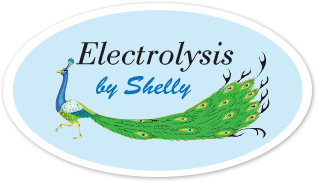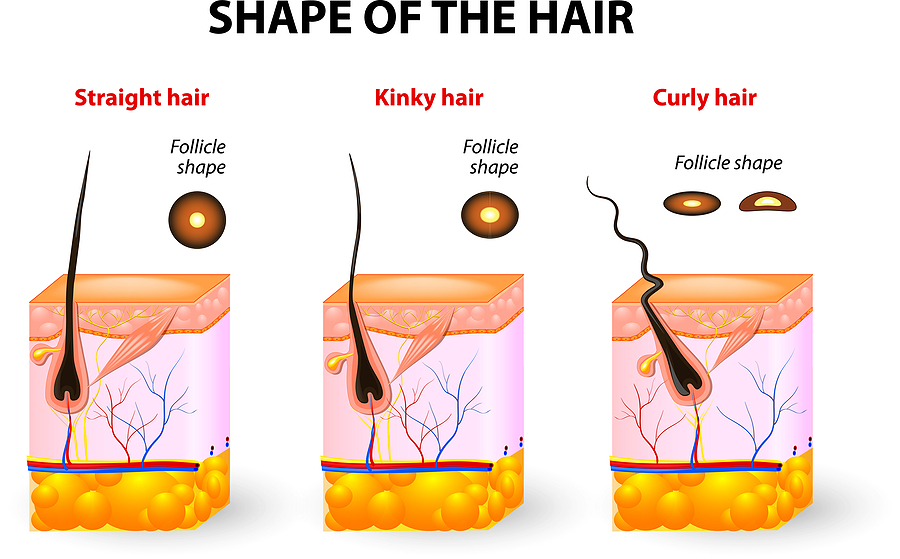
Bluish Lump on Lip
What is that bluish lump on the lip you may ask? The term for that bluish lump is Venous lake. What is Venous lake you may ask? It is a small bluish lump up to 1 cm wide. It can be flat or slightly raised. They typically appear on the lower lip and are more common in older adults. Venous lakes are soft when you push lightly with your finger. They are harmless, but may feel to the person who has one, bothersome and unattractive. It does not need to be removed and is not a medical risk to the person who has one. The fact is if you have one you may consider removing it. Is there even a treatment that will remove Venous lake?
The Long-Pulsed Nd:YAG Laser
Thirty-five consecutive adult patients presenting with Venous lake were studied. Long Pulse Nd:YAG was administered along with a water cooled system.
The Results
After a single treatment 94% cleared completely, incomplete clearance occurred in 6%. No reporting of any complications. The Long-pulsed Nd:YAG laser is a highly effective treatment for Venous lake of the lip. The success rate is 95%, remain gone at the 5 year mark. Most recurrences are practically unnoticeable. They are faint and small, 1-2% recurrence.
All Recurrences and Complications
Recurrences and complications have occurred on larger Venous lake lesions. If it is large there can be swelling of the lip. This lesion is usually deep under tissue and doesn’t appear bluish in colour. These larger Venous lake lesions are difficult but not impossible for the laser to completely treat. When they are deep, treatment improves the appearance but may not ever be able to completely treat.
Reported Complication Rate
The complication rate is under 5%. Complications can include infection, fibroma (after treatment a white bump-scar tissue). There may be temporary numbness in the area. Some complications can be avoided by changing protocols and some cannot be avoided.
Venous Lake Healing Period
The laser cauterizes the blood and tissue. The larger the Venous lake, the worse it will appear during the healing process. It may be black, white, grey and/or red and swollen and then a scab will appear. Healing may be two weeks to a month resolution. The worst is over in the initial two-week period.
Satisfied
Clients/patients are very satisfied with the process and their results. Even if there is recurrence it is practically unnoticeable. Complimentary retreatments are offered for 5 years after the initial treatment, which is included in the original price.
We Offer Laser Treatment
We offer Long-Pulse Nd:YAG laser treatment of Venous lake at our office. If one appears on your lip area, we ask you to have your doctor check it and give you a doctor’s note. This is to confirm that it is in fact a Venous lake, and not a malignant lesion. Then the next step is to proceed with the laser treatment.





